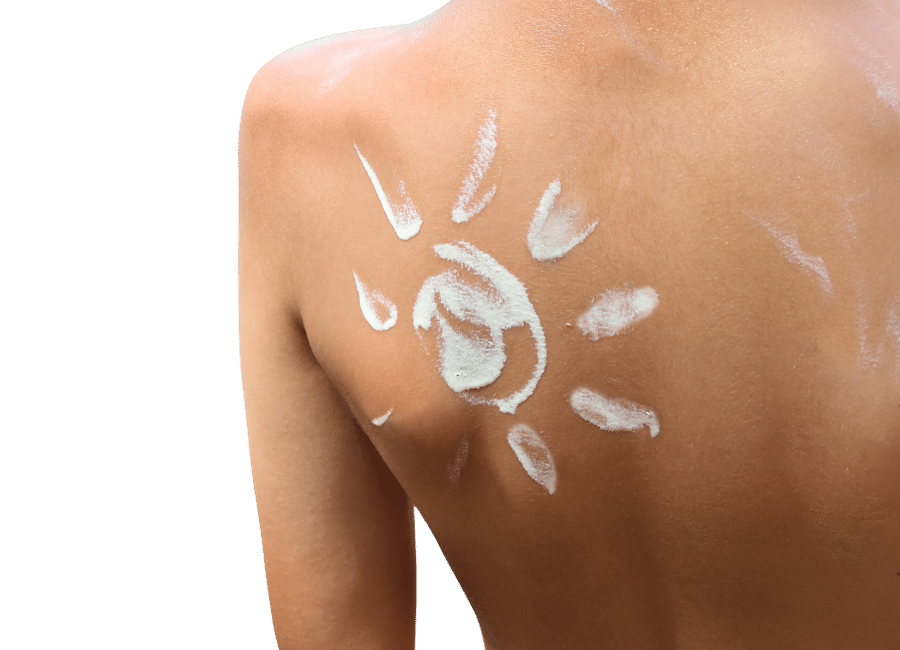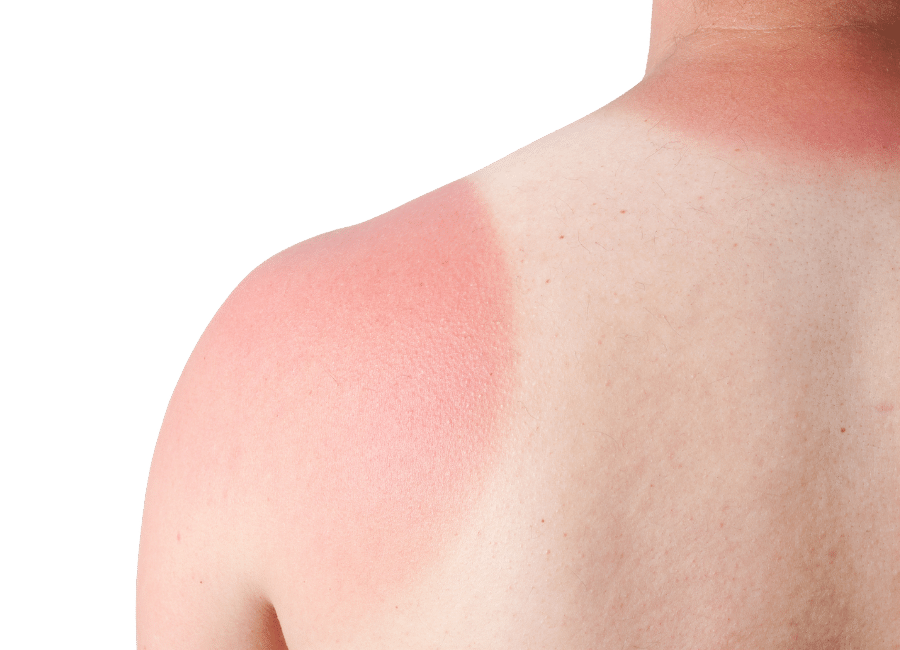Valley Dermatology
Skin Cancer Awareness Month

Understanding the World’s Most Common Cancer
Causes of Skin Cancer
Other risk factors for skin cancer include:
- Having fair skin, especially those who freckle or burn easily
- Having many or abnormal moles
- Having a personal or family history of skin cancer
- Exposure to UV sunlight and/or tanning beds
Of note, is that despite the increased use of sunscreen over the last 3 decades, the incidence of melanoma is increasing. We are learning that the ultraviolet A (UVA) rays can be just as damaging as ultraviolet B (UVB) rays, and only some sunscreens include coverage for UVA rays. Find the right sunscreen.

Back to Basics

Types of Skin Cancer
Basal Cell Carcinoma
BCCs are uncontrolled growths that can appear as open sores, scars, shiny bumps or red patches. Following a complete sun-protection strategy vastly reduces your risk of developing BCCs, which are usually caused by a combination of cumulative and intense, intermittent sun exposure.
The good news is that BCCs rarely spread to other organs. However, if a tumor is not spotted early or properly treated, it can be locally destructive and cause significant scarring or even disfigurement.
Squamous Cell Carcinoma
Melanoma
There can be a genetic component to melanoma; people whose first-degree relatives have had melanoma are at far greater risk of developing the disease. However, your habits in the sun are just as important: Intense, occasional UV exposure (the kind you may receive on a vacation in the tropics, typically leading to sunburn) can trigger tumors; on average, a person’s risk for melanoma doubles if he or she has had more than five sunburns.
Think Sun Protection
- Seek shade
Seek shade when appropriate, remembering that the sun’s rays are the strongest between 10 a.m. and 2 p.m. If your shadow appears to be shorter than you are, seek shade. - Wear sun-protective clothing
Wear a lightweight and long-sleeved shirt, pants, a wide-brimmed hat, and sunglasses with UV protection, when possible. For more effective protection, select clothing with an ultraviolet protection factor (UPF) number on the label. - Apply sunscreen
Apply a broad-spectrum, water-resistant sunscreen with an SPF of 30 or higher to all skin not covered by clothing. Remember to reapply every two hours or after swimming or sweating.

